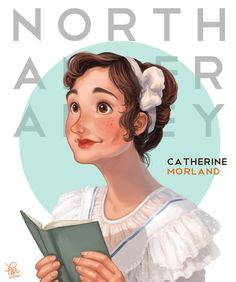A "definitive version" of music that rocks
I am back with a brilliant nonfiction read.
With such an explosive title, one might expect this
alternative history book to be a seething critique of the legendary Fab Four.
However, the only thing Elijah Wald is interested in tearing down is the
preconceived notion of rock as an unassailable art form. Mid-way through the
book, Wald states that “Looking at music as a pleasure or an art is appropriate
in many contexts and leads us to celebrate the musicians whose work continues
to please and excite us today, but it doesn’t always help us to understand how
and why that music was created.” Operating in this frame of mind, he shows us
an invigorating side of music history that has never before been told. Wald
knows that it’s not just the musicians that influence their audience, but also the
needs and desires of all kinds of music lovers that dictate the type of music that
gets made.
Wald starts his story at the turn of the twentieth century,
a couple decades before jazz began to emerge. Over the course of the book, he
demonstrates how changes in taste, technology, race relations, and politics
shape not only the kind of music getting played, but how people listen to it. People
listen to music for many reasons: to dance, to relax, to be moved; likewise,
the venue where music plays goes from large ballrooms to the comfort of one’s
own home. In the first quarter of the century, there was less variety of songs
and almost no such thing as “genres” because bands large and small were
expected to know how to play anything and everything that was requested of
them. In fact, music sheets were organized by instrument rather than genre. Wald argues that the loss of this art—the
need to learn how to play different song varieties—is a significant downfall in the
evolution of current music, as musicians now specialize only in a few areas.
Technology, too, proves to be a defining factor in the formation of modern
musical tastes: Wald asserts that if “a high-quality, permanent record of a
performance could be made, [then] it was natural that people would come to
think of it as the definitive version.”
But the main theme that Wald emphasizes is the view that the
relationship between Black and white musicians was a somewhat parasitic one.
Black musicians were for the most part instigators in new sounds and rhythms,
while white people were incorporators of those sounds. The most prominent
example of this is the story of how Rhapsody
in Blue was created: jazz, a form pioneered by Black musicians, was
formally introduced to a mainstream (white) audience by two of the most popular
white composers. But the issue is far more complex and interesting than at
first glance. For example, there were many popular Black singers and musicians
whose audience was a mix of Black and white. Likewise, Blacks also listened to
white musicians without paying attention to race. And it’s because of the
similarity of Black and white music that all of these artists shared the same
audience. However, this relationship has grown stale as outside factors, such
as musicians’ personal tastes and the public’s ongoing demands for dance music,
has resulted in a split. In this situation, the Beatles is a prominent example
of how artists’ control over their work led to this parting of the ways.
As long as this review has gone on, I’ve still missed a
handful of key points that Wald includes in his carefully laid-out argument.
This book is choc-full of illuminating details about the music scenes of the
past, and chooses to skip over most of the stories or legends that a casual
listener might be familiar with. Wald writes with a quiet integrity, offering
critical asides and observations wherever he finds room for them. Sometime the wealth of information can
overwhelm the reader, which is why it’s taken me so long to finish it. But for
lovers of pop culture and devotees of American pop music, this is a downright
crucial read.
(Rating: 4.5 out of 5)



Comments
Post a Comment